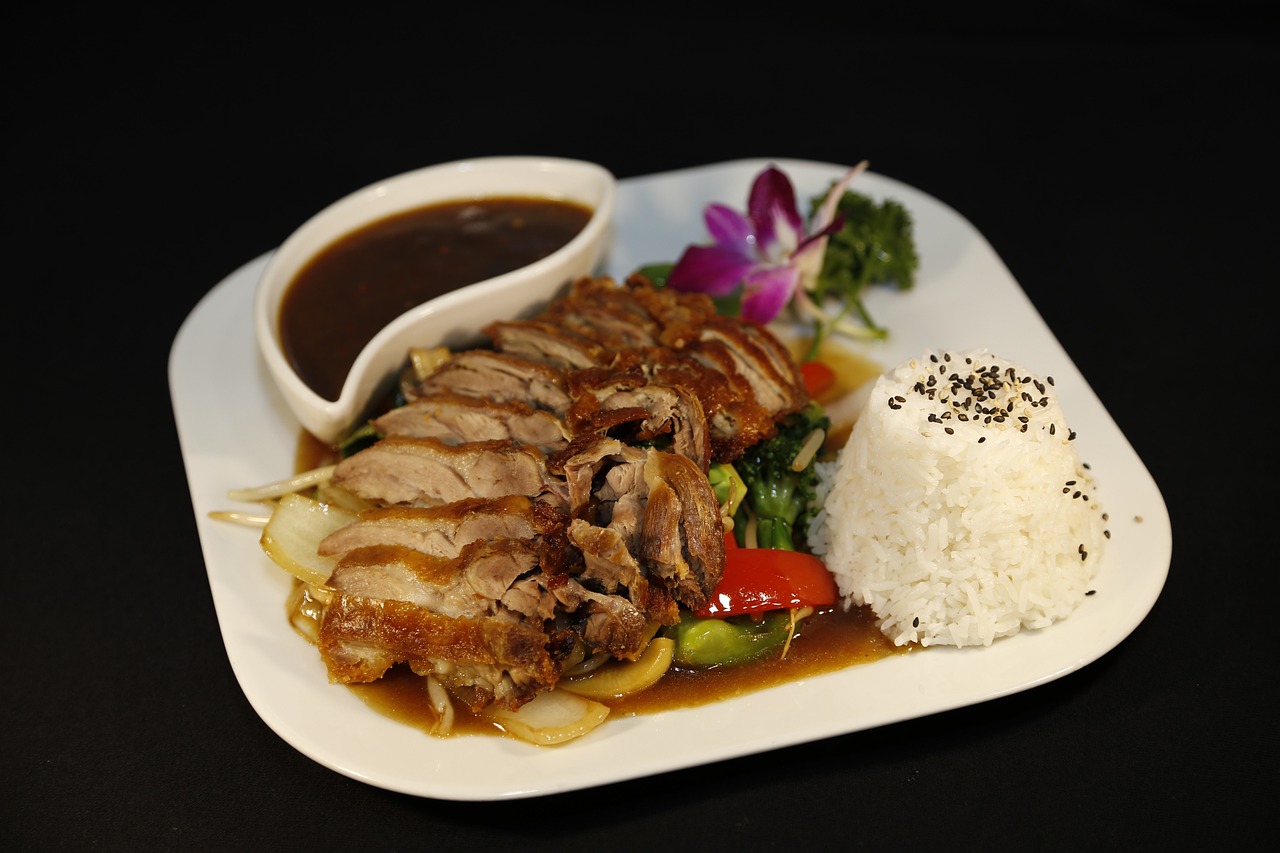Guan Yin, revered as the Goddess of Mercy, holds a special place in the hearts of millions globally, particularly during times of crisis, fear, or sorrow. Known primarily as the embodiment of compassion, the character of Guan Yin closely aligns with Avalokiteshvara, as she provides protection against the ten significant fears faced by her devotees.
The Ten Great Protections
These revered salvations are often depicted as maternal instincts, akin to a mother defending her offspring without question. This nurturing spirit is reflected in the way she intervenes on behalf of her followers, illustrating an unwavering commitment to their welfare.
Guan Yin: The Rescuer
Guan Shi Yin’s capacity for rescue is legendary; she is particularly famous for responding to the calls of those in distress. Countless narratives narrated by her devotees serve as testament to her miraculous interventions. Notably, she shares similarities with Green Tara, another revered figure in Vajrayana Buddhism, as both signify active compassion.
In Tibetan Buddhism, Green Tara is viewed as a direct reflection of Avalokiteshvara. Some teachers assert that Guan Yin represents an aspect of Green Tara, yet both figures are ultimately expressions of the same compassionate essence.
Guan Yin resonates deeply within Chinese culture, where devotees often utter “Namo Guan-Shi-Yin Pusa” during challenging moments. Numerous animated videos depicting her profound stories further exemplify her outreach.
The Role of Faith
Many individuals recount life-threatening experiences where they attribute their salvation to the faith and recitation of Guan Yin’s name, either as “Namo Guan-Shi-Yin Pusa” or through the compassionate mantra “Om Mani Padme Hum.”
Understanding Labels in Buddhism
In the realm of Buddhism, labels serve only as references to assist devotees in connecting with enlightened beings. The practice of Guan Yin dates back to the first century AD when it was introduced in China from India, with her influence later extending to Japan and Korea. Although Apparent as either male or female, the predominant portrayal of Guan Yin in China is as a nurturing mother figure, closely intertwined with Avalokiteshvara’s myriad forms characterized by love and protection.
Symbols of Compassion
Guan Yin embodies compassion through various representations across cultures. These include names such as Guanyin, Quan Yin, Kannon, and many others. Each name carries with it nuances of mercy, kindness, and motherly care.
As her practice spread from India into various countries including Japan, Korea, Thailand, and Vietnam, the name and representation of Guan Yin evolved, grounded firmly in the principles of unconditional love and nurturing.
The Lotus Sutra and the Ten Types of Protection
Chapter 25 of the Lotus Sutra highlights the ten protection methods of Guan Yin, offering detailed illustrations of her salvational power against various dangers such as fire, water, and political pressures. Each instance represents her ability to transform dire situations into safe havens through faith and invocation.
- Protection from Fire: When faced with fiery dangers, invoking Guan Yin can transform flames into water.
- Protection from Water: Calling her name while adrift can prevent drowning.
- Suspension in Midair: Should one be pushed from a precipice, handheld by faith, one may float as if untouched.
-
Political Rescue: Those suffering from governmental oppression can find safety through visualization of Guan Yin’s power.
-
Freedom from Imprisonment: Her essence can liberate the constrained and bound.
-
Curses and Poisons: Her strength can divert harmful intentions back to where they originate.
-
Shield from Demons: She wards off malevolent spirits and creatures.
-
Repelling Beasts: Guan Yin’s influence can deter ferocious beasts from causing harm.
-
Peace during Conflict: Faith in her can ease tensions in legal woes or conflicts.
-
Blessing with Offspring: She is recognized for granting children filled with good fortune to those who nurture her with offerings.
Practicing with Guan Yin
Guan Yin seeks no offerings; she is free from worldly desires, but she invites followers to engage in acts of compassion, kindness, and devotion—acts that transform karmic negatives into positives. Chanting her mantra, engaging in acts of kindness, and dedicating positive actions to her cause furthers the cycle of compassion.
The Broader Context of Compassion
Buddhism teaches acceptance across different traditions, understanding that all paths ultimately lead to the same truth. Initiatives, such as the Bodhi Prajna Temple in Canada, embody this synthesis by merging various Buddhist practices while preserving Guan Yin’s representation within its teachings.
In living through her values and honoring her traditions, followers acquire the inherent blessings of Guan Yin, as they experience her compassion and nurturing spirit in all aspects of life.
The wisdom and compassion of Guan Yin demonstrate the profound interconnectedness found in her many forms and the universal embrace of mercy she offers.
The teachings surrounding Guan Yin and her many manifestations underscore the lasting impact of compassion and the importance of establishing a deep-rooted connection with her in the pursuit of peace and enlightenment.



